4-Heptanone
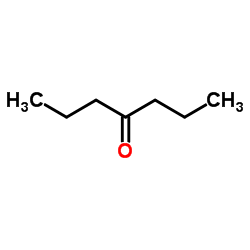
4-Heptanone structure
|
Common Name | 4-Heptanone | ||
|---|---|---|---|---|
| CAS Number | 123-19-3 | Molecular Weight | 114.186 | |
| Density | 0.8±0.1 g/cm3 | Boiling Point | 144.0±0.0 °C at 760 mmHg | |
| Molecular Formula | C7H14O | Melting Point | -33 °C | |
| MSDS | Chinese USA | Flash Point | 48.9±0.0 °C | |
| Symbol |


GHS02, GHS07 |
Signal Word | Warning | |
| Name | 4-Heptanone |
|---|---|
| Synonym | More Synonyms |
| Density | 0.8±0.1 g/cm3 |
|---|---|
| Boiling Point | 144.0±0.0 °C at 760 mmHg |
| Melting Point | -33 °C |
| Molecular Formula | C7H14O |
| Molecular Weight | 114.186 |
| Flash Point | 48.9±0.0 °C |
| Exact Mass | 114.104462 |
| PSA | 17.07000 |
| LogP | 1.97 |
| Vapour density | 3.94 (vs air) |
| Vapour Pressure | 5.2±0.2 mmHg at 25°C |
| Index of Refraction | 1.404 |
| Stability | Stable. Flammable. Incompatible with strong oxidizing agents, strong bases, strong reducing agents. |
| Water Solubility | 4.6 g/L (20 ºC) |
CHEMICAL IDENTIFICATION
HEALTH HAZARD DATAACUTE TOXICITY DATA
|
| Symbol |


GHS02, GHS07 |
|---|---|
| Signal Word | Warning |
| Hazard Statements | H226-H332 |
| Personal Protective Equipment | Eyeshields;Faceshields;full-face respirator (US);Gloves;multi-purpose combination respirator cartridge (US);type ABEK (EN14387) respirator filter |
| Hazard Codes | Xn:Harmful; |
| Risk Phrases | R10;R20 |
| Safety Phrases | S24/25 |
| RIDADR | UN 2710 3/PG 3 |
| WGK Germany | 2 |
| RTECS | MJ5600000 |
| Packaging Group | III |
| Hazard Class | 3 |
| HS Code | 2914190090 |
| Precursor 9 | |
|---|---|
| DownStream 10 | |
| HS Code | 2914190090 |
|---|---|
| Summary | 2914190090 other acyclic ketones without other oxygen function。Supervision conditions:None。VAT:17.0%。Tax rebate rate:9.0%。MFN tariff:5.5%。General tariff:30.0% |
|
Use of high-resolution proton nuclear magnetic resonance spectroscopy for rapid multi-component analysis of urine.
Clin. Chem. 30(3) , 426-32, (1984) Numerous low-Mr metabolites--including creatinine, citrate, hippurate, glucose, ketone bodies, and various amino acids--have been identified in 400- and 500-MHz proton nuclear magnetic resonance (1H N... |
|
|
1,5-anhydroglucitol and postprandial hyperglycemia as measured by continuous glucose monitoring system in moderately controlled patients with diabetes.
Diabetes Care 29(6) , 1214-9, (2006) Postprandial hyperglycemia is often inadequately assessed in diabetes management. Serum 1,5-anhydroglucitol (1,5-AG) drops as serum glucose rises above the renal threshold for glucose and has been pro... |
|
|
Can serum beta-hydroxybutyrate be used to diagnose diabetic ketoacidosis?
Diabetes Care 31(4) , 643-7, (2008) Current criteria for the diagnosis of diabetic ketoacidosis (DKA) are limited by their nonspecificity (serum bicarbonate [HCO(3)] and pH) and qualitative nature (the presence of ketonemia/ketonuria). ... |
| 4-Oxoheptane |
| DI(N-PROPYL) KETONE |
| Dipropyl ketone |
| Di-n-propyl ketone |
| Pyrokohlensaeure-dipropylester |
| ketone, dipropyl |
| dicarbonic acid dipropyl ester |
| heptan-4-one |
| MFCD00009403 |
| EINECS 204-608-9 |
| Butyrone,Dipropyl ketone |
| di-n-propyl dicarbonate |
| dipropyl dicarbonate |
| 4-Heptanone |
| Di-n-propylpyrocarbonat |
| heptane-4-one |
| Dikohlensaeure-dipropylester |
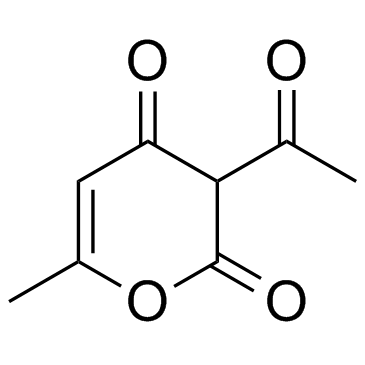 CAS#:520-45-6
CAS#:520-45-6 CAS#:1188-63-2
CAS#:1188-63-2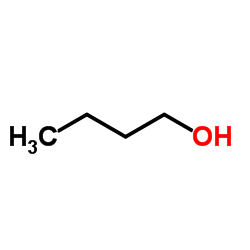 CAS#:71-36-3
CAS#:71-36-3 CAS#:42330-10-9
CAS#:42330-10-9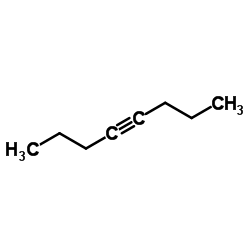 CAS#:1942-45-6
CAS#:1942-45-6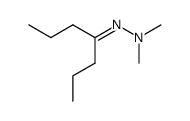 CAS#:14090-58-5
CAS#:14090-58-5 CAS#:55904-99-9
CAS#:55904-99-9 CAS#:91658-08-1
CAS#:91658-08-1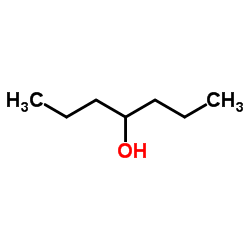 CAS#:589-55-9
CAS#:589-55-9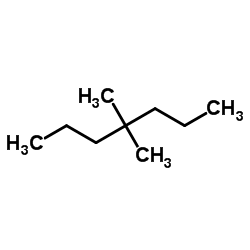 CAS#:1068-19-5
CAS#:1068-19-5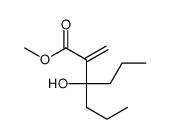 CAS#:112247-21-9
CAS#:112247-21-9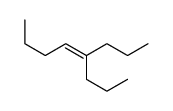 CAS#:14109-55-8
CAS#:14109-55-8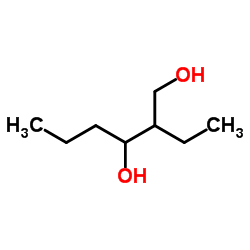 CAS#:94-96-2
CAS#:94-96-2 CAS#:18295-59-5
CAS#:18295-59-5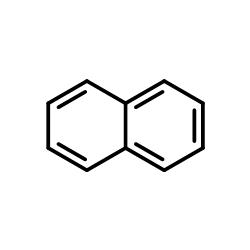 CAS#:91-20-3
CAS#:91-20-3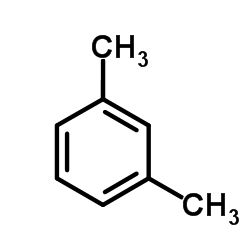 CAS#:108-38-3
CAS#:108-38-3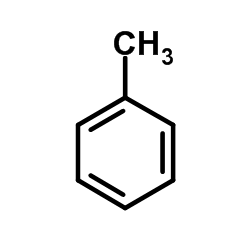 CAS#:108-88-3
CAS#:108-88-3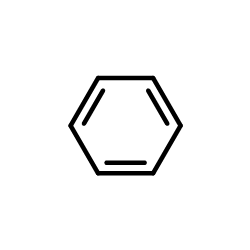 CAS#:71-43-2
CAS#:71-43-2 CAS#:54509-73-8
CAS#:54509-73-8
